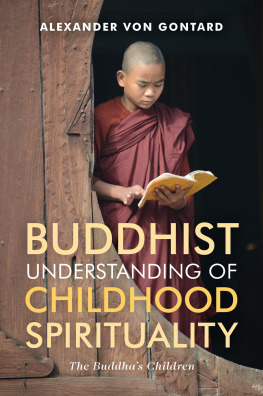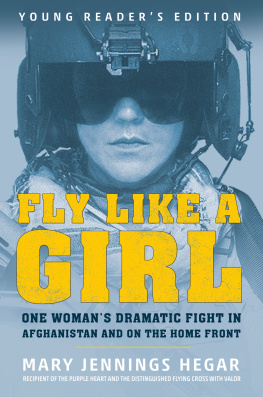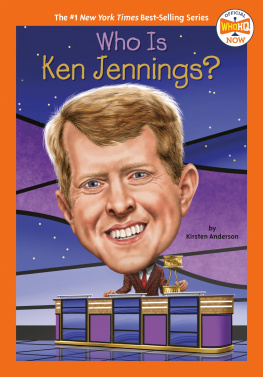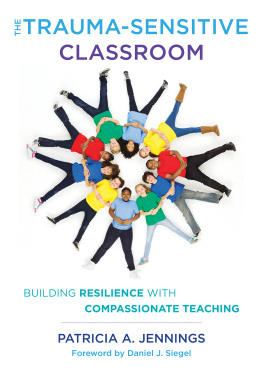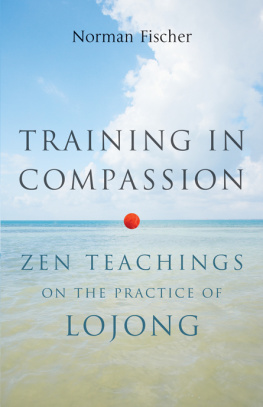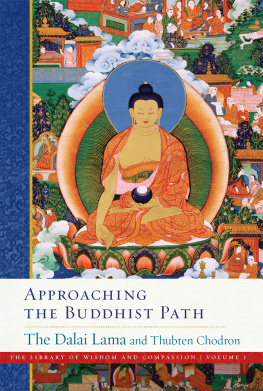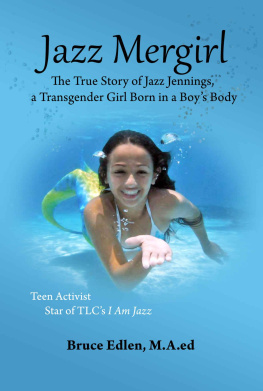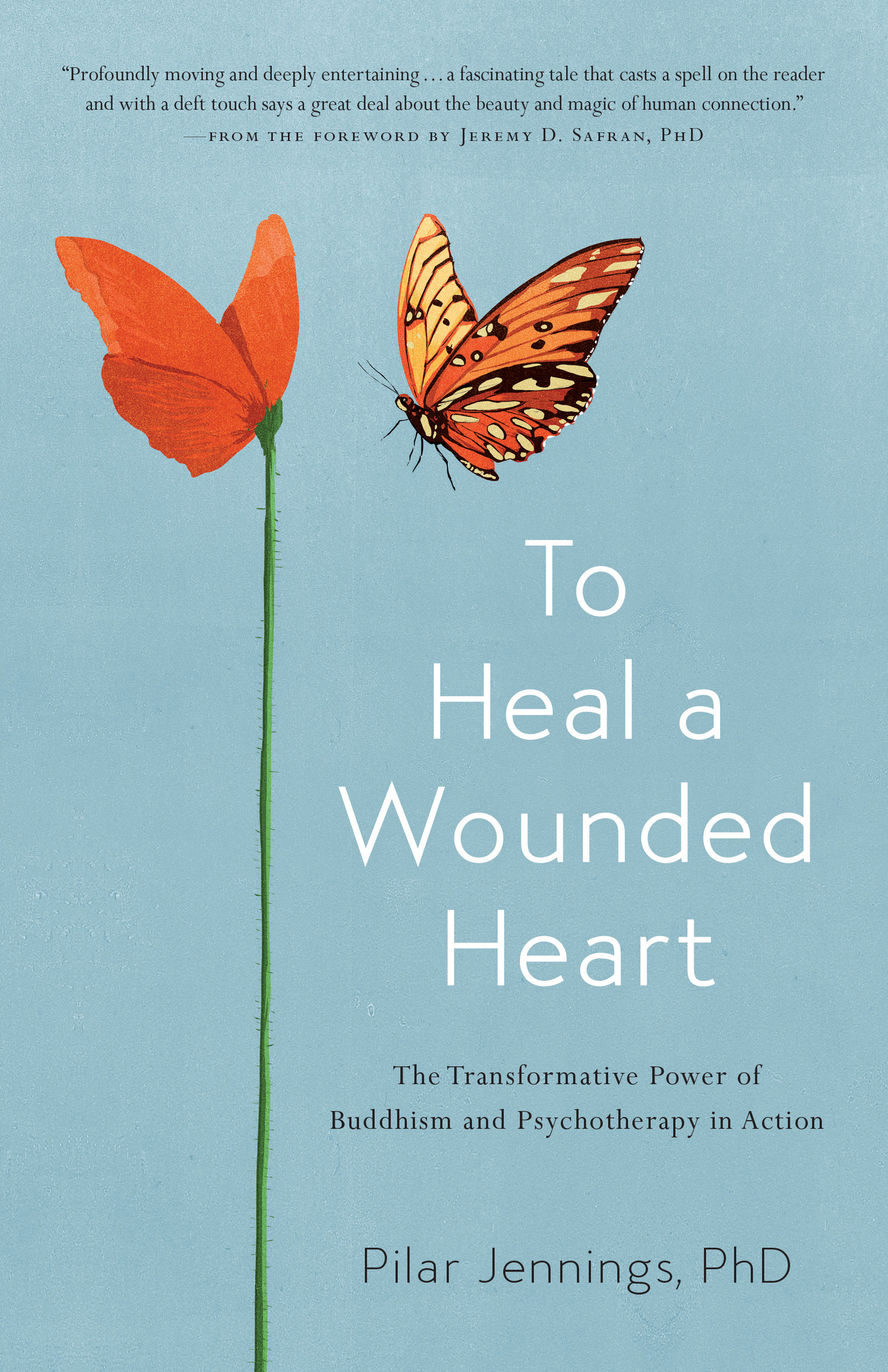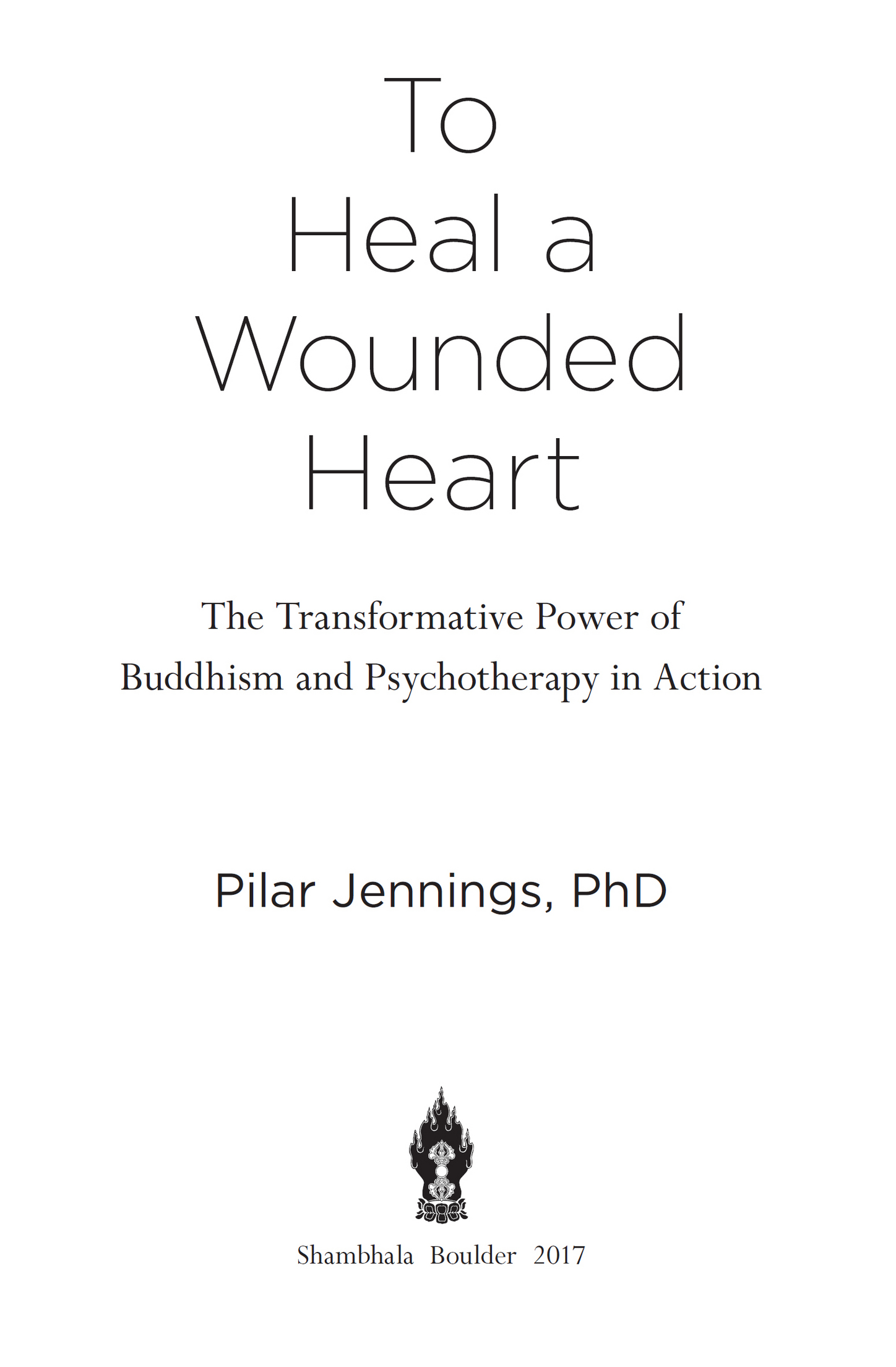Contents
Shambhala Publications, Inc.
4720 Walnut Street
Boulder, Colorado 80301
www.shambhala.com
2017 by Pilar Jennings
All rights reserved. No part of this book may be reproduced in any form or by any means, electronic or mechanical, including photocopying, recording, or by any information storage and retrieval system, without permission in writing from the publisher.
Designed by Greta D. Sibley
Cover design: Kathleen Lynch/Black Kat Design
Cover illustration: Illusion by Alessandro Gattardo
Library of Congress Cataloging-in-Publication Data
Names: Jennings, Pilar, author.
Title: To heal a wounded heart: the transformative power of Buddhism and psychotherapy in action/Pilar Jennings, PhD. Description: First edition. | Boulder: Shambhala, [2017] |
Includes bibliographical references and index.
Identifiers: LCCN 2017007874 | ISBN 9781611805154 (pbk.: alk. paper)
Subjects: LCSH: Jennings, Pilar. | Buddhism and psychoanalysis. |
PsychotherapyReligious aspectsBuddhism. | BuddhismPsychology. |
Child psychotherapy. | Psychotherapist and patient.
Classification: LCC BQ4570.P755 J459 2017 | DDC 294.3/36150195dc23
LC record available at https://lccn.loc.gov/2017007874
eISBN9780834841031
v5.1
a
Tracing the steps and missteps of a young therapist entering the field, learning to marshal her strength, skills, perception, and most importantly her self-knowledge (which we all need if we are to come into our own as professionals), this masterful book is one I wish Id had when I was first entering the impossible profession.
K IRKLAND C. V AUGHANS , P H D, editor of The Psychology of Black Boys and Adolescents
A wonderful conjunction of the heart of Buddhism with the heart of psychotherapy. A sharing work that enriches the art of person-to-person being and healing.
M ICHAEL E IGEN , P H D, author of Faith
Foreword
I initially came across Pilar Jenningss work when I was asked to write a foreword to her first book, Mixing Minds. It was then that I recognized that Pilar was bringing a profoundly important new voice to the growing dialogue between Buddhism and Western psychotherapy. When I agreed to write the foreword for To Heal a Wounded Heart, I must admit, I found myself thinking that this book couldnt possibly compare to the uniqueness of her first. Having just finished reading this book, I now realize that I could not have been more wrong. Before I sat down to begin writing this, I glanced back at the foreword I had written for her 2010 book. Id like to begin by quoting a few sentences from that in order to provide a sense of my impression at the time:
With this remarkable book, the dialogue between Buddhism and psychoanalysis has finally come of age. Pilar Jennings writes from the perspective of someone who has been deeply steeped in these two great wisdom traditions for many years and who has a rich and nuanced understanding of areas of convergence, divergence and potential synergy.In a voice that is personal and humorous, and at the same time wise and sophisticated, Jennings takes us on a fascinating and deeply rewarding voyage of discovery.
Everything I said in my foreword to Pilars first book is also true of the book you are about to read. But this is just the beginning. To Heal a Wounded Heart is a personal memoir written by a natural-born storyteller. This is a deeply moving account of Pilars own personal struggle to come to terms with her deep sense of isolation, and her efforts as a therapist to help a selectively mute six-year-old girl named Martine who is isolated in a self-protective shell. This is also the story of a remarkable relationship between Pilar and her teacher and friend Lama Pema, a young Tibetan Buddhist lama. It is a story of their evolving friendship as they come to understand and appreciate each other despite their cultural differences and of Pilar developing a growing appreciation of the similarities and differences between Buddhism and psychoanalysis and of what they have to offer one another. The illuminating encounters between (1) American and Tibetan cultures, and (2) psychoanalysis and Buddhism take place in part through a series of remarkable episodes in which Pilar brings Lama Pema in on the treatment of Martine. As we watch the relationships deepen between Pilar, Martine, and Lama Pema; observe the way in which these three human beings touch and are touched by one another; and witness Martine gradually come out of her shell, it is impossible not to be touched by the complexity and richness of human relationships and by the poignancy, sadness, and beauty of the human condition. We come to deeply appreciate the universal nature of the sense of not belonging that Pilar, Martine, and Lama Pema each experience in their own unique ways.
I found myself laughing and crying at the same time throughout the booksaddened during painful moments, touched by moments of human contact and intimacy, and laughing out loud as painful moments are juxtaposed with Lama Pemas zany sense of humor and with Pilars ability to see the humorous dimension of lifes predicaments. Profoundly moving and deeply entertaining, To Heal a Wounded Heart is a fascinating tale that casts a spell on the reader and with a deft touch says a great deal about the nature of the human condition and the beauty and magic of human connection.
Jeremy D. Safran, PhD
Professor of Psychology
The New School for Social Research
Pilar Jennings, Mixing Minds: The Power of Relationship in Psychoanalysis and Buddhism (Somerville, MA: Wisdom Publications, 2010), ixx.
Acknowledgments
As with all creative endeavors, this one was jointly created through the encouragement and love of my mentors, friends, and family. I wish to offer my deepest thanks to my teacher and dear friend, Khenpo Pema Wangdak, for his unwavering kindness, wisdom, and care over these many years. His astonishing good cheer and steady determination, no matter what, have taught me about the truth of our resilient heart. To my parents, Richard and Regina, heartfelt thanks for carrying me forth into this world and for your examples of curiosity, devotion, and forgiveness. To my analytic mentors, Ann Ulanov and Mark Finn, I wish to express deepest gratitude. Your extraordinary insights into the human condition and generosity in sharing this wisdom offer me continued sustenance and faith in the psyches push for wellness.
To my dear friends Eva Atsalis, Ann Levin and Stan Honda, Phil and Elena Lister, Bob and Amy Pollack, and Desiree Caban, thank you for being my always loving and supportive New York City family. To the amazing Michele Sakow, and my Dharma friends at the Vikramasila Foundation, heartfelt thanks for creating a beautiful and healing Sangha that offers me and so many others the experience of a true spiritual home. So too, I wish to thank Joe and Geri Loizzo and my friends, colleagues, and students at the Nalanda Institute, for your warm welcome to a wonderfully vibrant community of Buddhist clinicians. To Mark Matousek, a very special thanks for meeting with me when I was losing my way in the proverbial literary forest and for your kind introduction to the delightful Adam Reed. Youre a gem. To Ann Akers, the analytic world wants you back! Profound thanks for your care and wisdom when I most needed it. And to Kathleen Gregory, you are a bodhisattva editor whose belief in this book has been a tremendous gift. Along with my original readers, Charis Conn and Laura DAngelo, you have brought intelligence and genuine appreciation for the needed conversation between the Buddha-Dharma and psychoanalysis.


